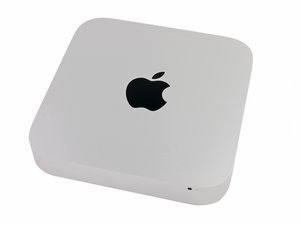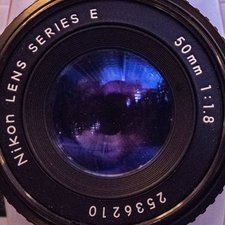Your system has only one drive currently (500 GB HDD) it is not a Fusion Drive which is where two discreet physical drives (HD & SSD) are combined to be a single logical disk.
Frankly, I suspect your real issue here is your system's HD needs some TLC vs upgrading the drive.
While upgrading your current HD to a SSD is possible adding a second drive will be difficult as you'll need to use Apple's proprietary blade drive and replace the drive frame to gain the needed connection to support it.
Lets see if cleaning things up regains the zip!
OK, to start with you should make a backup onto an external drive. Once done you'll want to create a bootable USB thumb drive (16 GB), download if you haven't already the OS installer and prep up the USB drive. Make sure you can boot up your system using it by holding the Option key when the system boots. I also recommend you copy to the USB drive the OS installer.
You'll want to run Disk Utility from the USB drive run Disk First Aid, just to make sure your drive is in good shape. Next delete as much junk as you can you really want to have 1/4 of the drive left free. Next you'll want to clear out the old cache & log files which build up over time. I like this tool which makes it easy: Disk Doctor.
If your drive was quite full you likely have a lot of file fragmentation. You'll need a tool like this to finish things off: Drive Genius
The only thing I would do here is look at boosting the RAM up if you still only have 4 GB in the system. 8 to 12 GB should be enough.
Let us know how it goes.


 35
35  329
329  970
970 

1 Opmerking
Your systems specs: Mac mini 1.4 GHz i5 (Late 2014)
door Dan